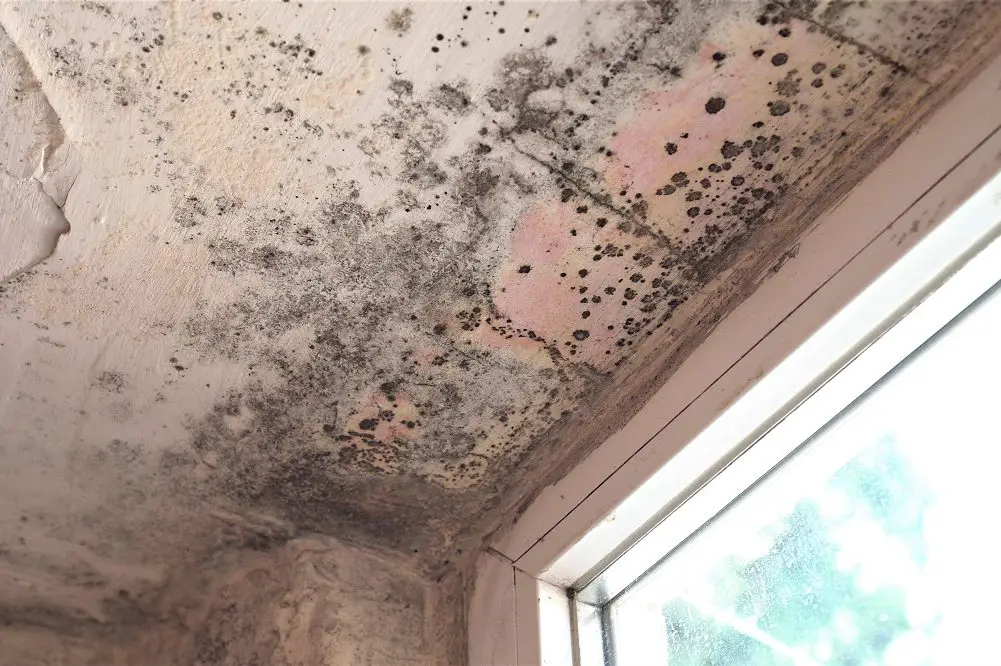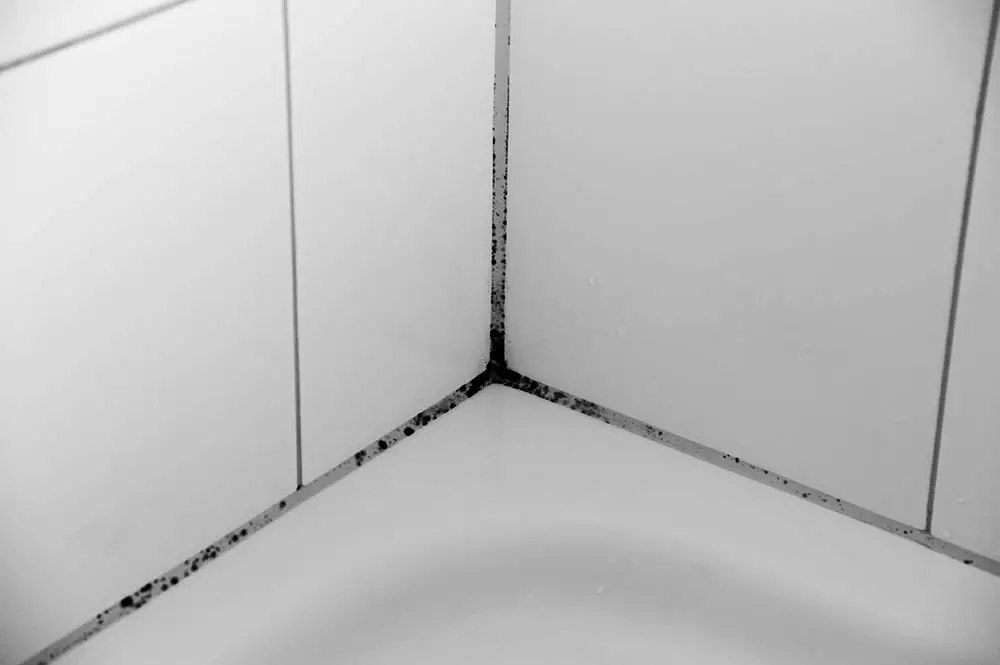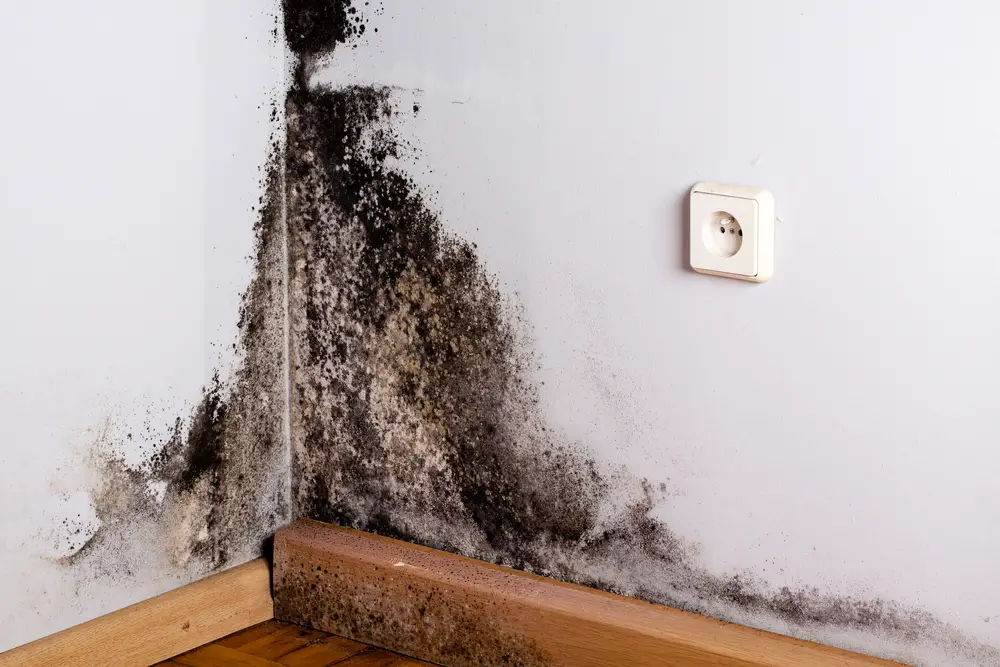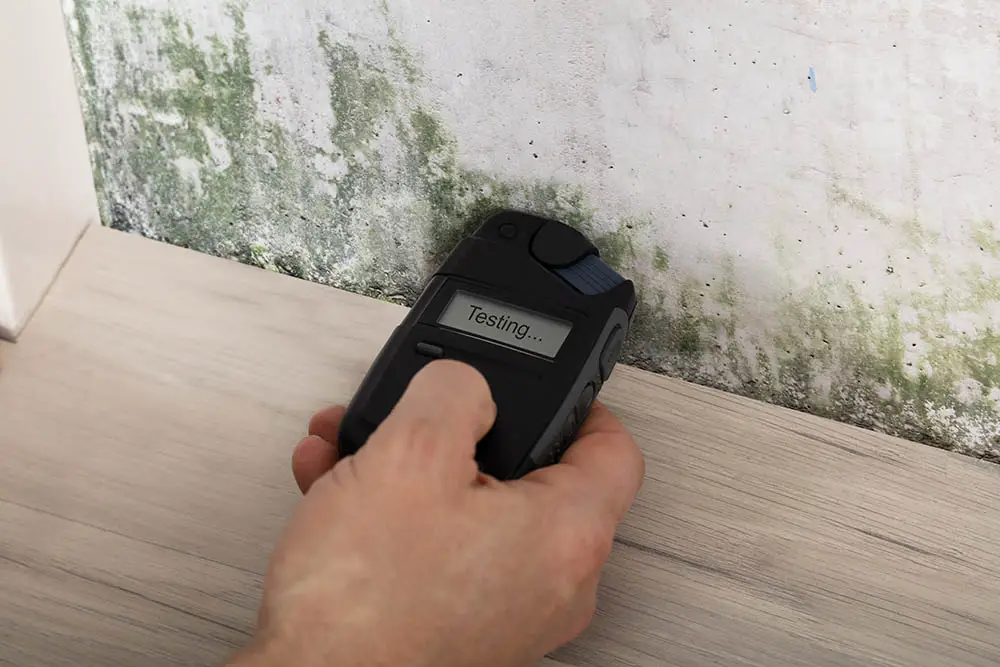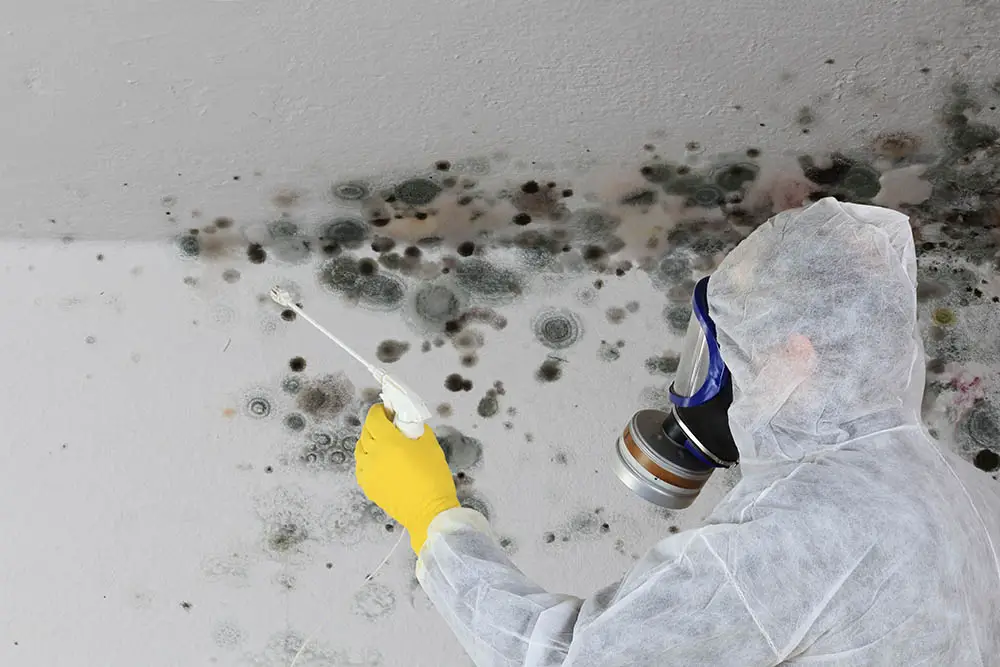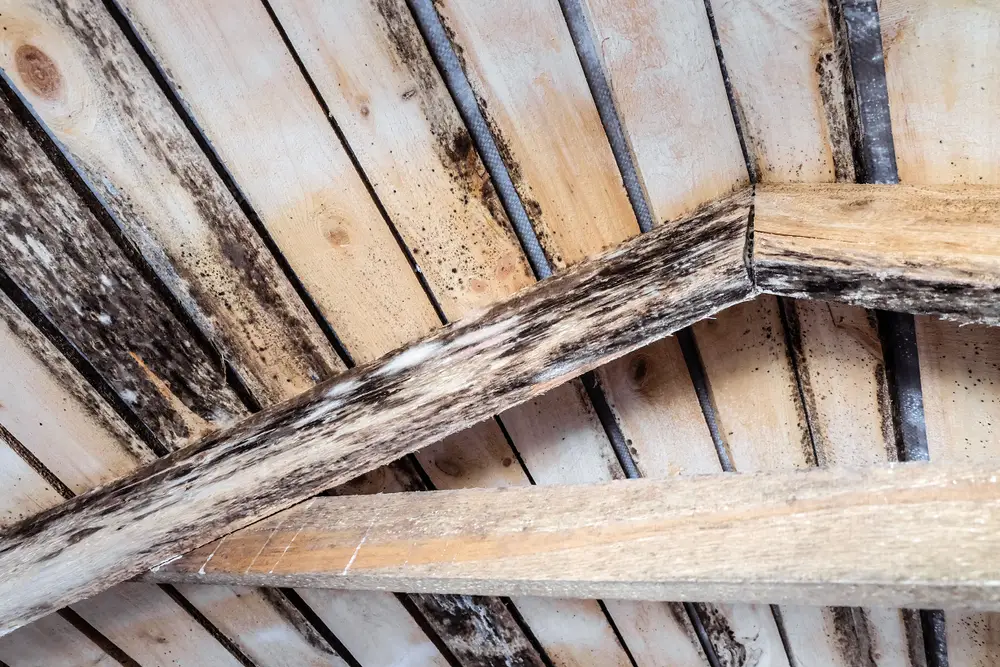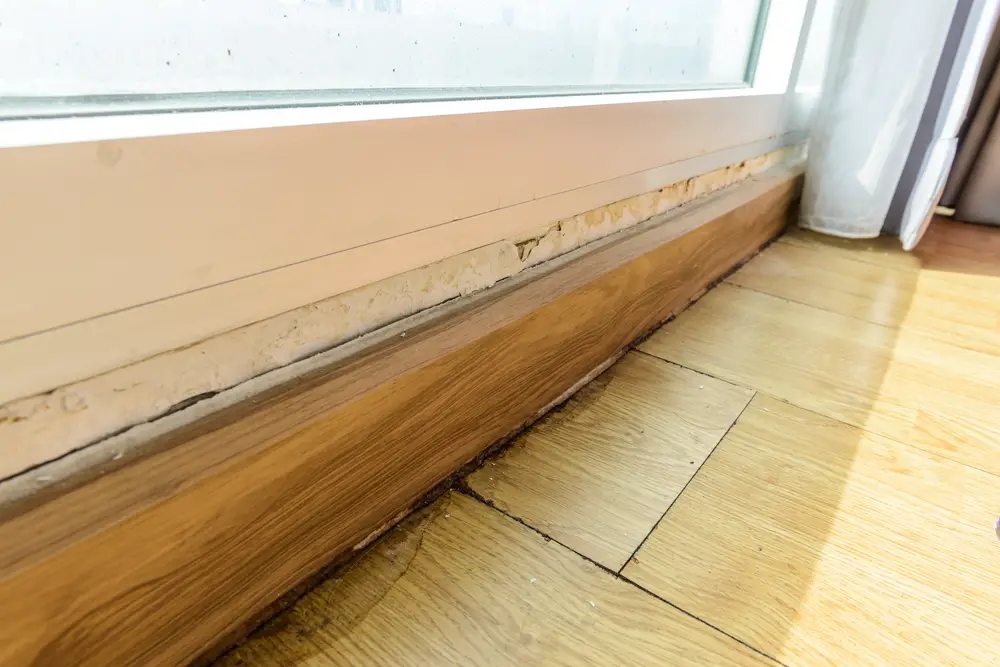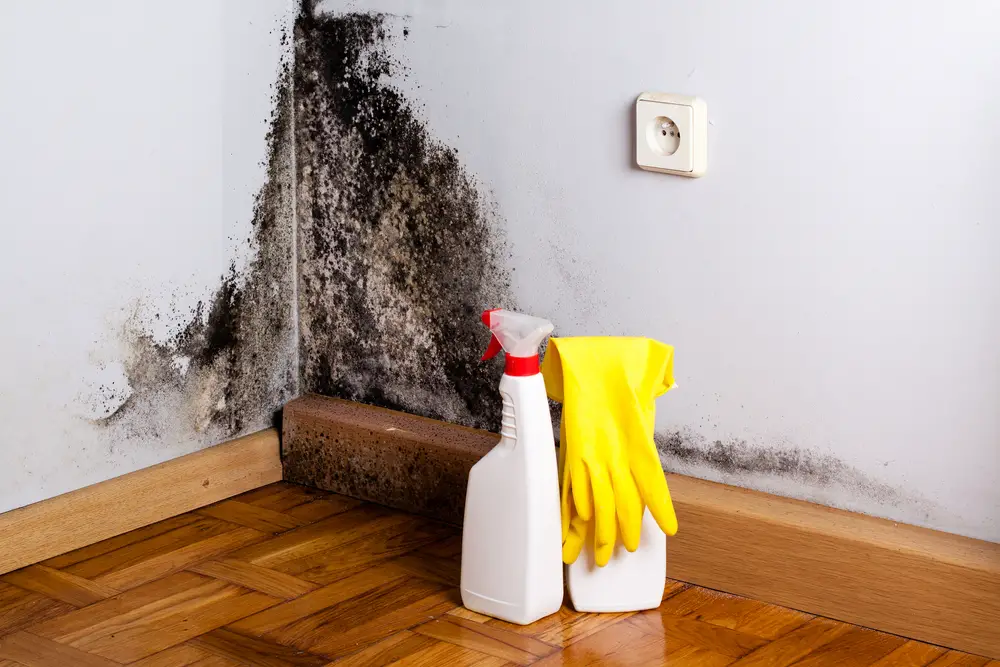Attics and mold go together like love and marriage, and like the Frank Sinatra song so succinctly put it, you can’t have one without the other.
The chances are, that if you have an attic, at some point, mold will appear in it and make its presence felt. And when, not if, mold does take up residence in your attic, you’ll need to treat it as soon as you possibly can. How can you treat it? Well, let’s discuss!
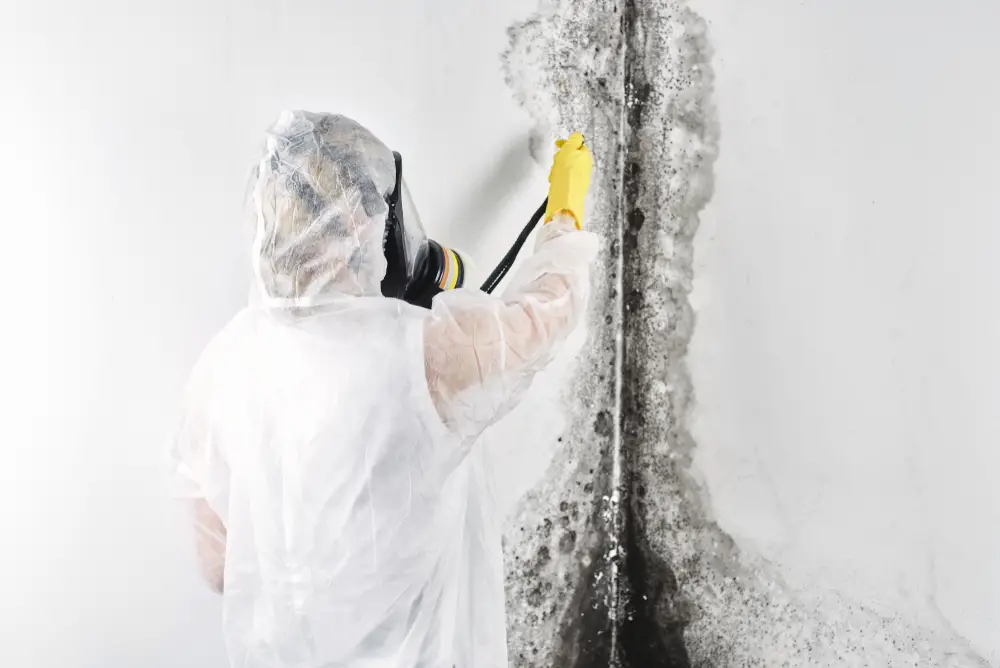
Simple Steps on How to Treat Mold In Your Attic
There are three ways to get to grips with attic mold before it becomes a runaway problem that overwhelms and conquers your attic. The first is by dealing with it yourself, climbing inside your attic, and treating the mold on your own. The second is to locate and fix the source of the problem and leave the mold, which, after successfully dealing with an issue that caused it, shouldn’t get any worse.
And the last, is our personal favorite, call in a professional to remove the mold and fix the problem, so that the mold won’t come back. If you don’t think that you can, or are qualified to, remove the mold from your attic, then this is the only option that you should even consider.
Can Mold Be Removed From An Attic?
It absolutely can, and there are a number of different ways that it can be removed, and treated so that it doesn’t reoccur.
While you might be worried about the costs that it can entail if you hire a professional to remove it, if you’re brave enough to traverse the floorboards and beams that line your attic, with the right protective clothing, masks, and goggles, you can treat attic mold with spray, which can, and will, in most cases stop the mold spreading and treat it at the same time.
How Do You Remove Mold From Plywood In An Attic?
How do you remove mold from plywood in an attic? Carefully and with either a bleach solution or a mold killer and stain remover.
If you’re going to use the former, you’ll need to be prepared to be patient, as you’ll need to apply the bleach, then let the boards dry and repeat the process at least three times. It’ll take time, but is effective and will work.
If you choose the latter, providing you read the instructions carefully, it’s an easier, quicker, and more effective way to remove mold from the plywood in your attic than washing it with bleach.
What Can I Spray In My Attic For Mold?
You can use almost any domestic mold killer in your attic, and as most of them are available as sprays, as long as you read and thoroughly follow the instructions on the bottle, they’ll wipe out your mold problem and help to ensure that it doesn’t come back. However, once you’ve dealt with the issues that caused the mold to appear in the first place, there is another way to deal with the mold. A one-to-one vinegar and water mixture sprayed on the mold, and scrubbed in, should effectively kill the black mold in your attic.
It isn’t a quick fix though, and to make sure that the problem is permanently dealt with you’ll need to spray the area where the mold is located at least three times, and let it dry between each application.
Can You Paint Over Attic Mold?
There’s absolutely nothing stopping you from painting over attic mold, but just painting over the mold won’t kill it. Even paints that are designed to deal with mold won’t stop the mold from coming back.
They’ll kill the mold that’s already present, but as they won’t eliminate the problem that caused the mold to appear in the first place, sooner or later the mold will return. By all means, paint over the affected area when you’ve sprayed it and dealt with the issues that led to the mold appearing in the first place, but simply painting over the mold that’s decided it wants to live in your attic isn’t an effective solution to the problem. It’ll cover it and kill it, but it won’t stop it from coming back.
Do Attic Fans Prevent Mold?
An attic fan will not only help to prevent mold from forming in your attic, it can also stop it from taking hold in the first place. One of the main reasons why mold forms in modern attics is due to poor air circulation and ventilation.
As an attic fan is designed to circulate the air in your attic, any moisture or condensation that’s been trapped in the attic will evaporate as the air moves around. If the moisture in the air isn’t sealed inside your attic, it can’t create the sort of conditions that mold adores and needs to flourish. If you do have a leak in your roof, and water is getting into your attic, a fan is also a preventative measure that can stop mold from forming until you can either afford to have the problem that’s causing the mold to form fixed or your house insurance steps in to fix it for you.
Can Poor Attic Ventilation Cause Attic Mold?
Poor ventilation is one of the major contributing factors that can lead to mold growing in your attic or any other place in your home. The only other thing that inadequate ventilation needs in order to create the ideal environment for mold to grow in your attic is a surprisingly low amount of moisture. When they’re combined, poor ventilation and moisture fashion the sort of humid and damp conditions that allow mold to flourish and grow. The ideal solution to the problem of poor ventilation in any attic space is an attic fan, but truthfully attics can’t have enough ventilation.
The more ventilation they have, the less likely it is that mold will ever develop in your attic, which will significantly reduce the possibility that you’ll end up crawling around on your knees in an attempt to scrub mold off the walls, and plyboard, that could end up lining your attic.
Why Is Mold Growing In My Attic?
There are a few reasons why mold might be growing in your attic. Attics can, and do create the perfect environment for mold to form as the warm air from inside your home rises up through the attic and meets the cold air outside (which is on the other side of your roof), and causes condensation to form inside your attic When moisture from the condensation meets the poor ventilation that most attics are cursed with, it creates the sort of humid and damp atmosphere that mold thrives in, which is why a lot of attics are so susceptible to it.
And if your roof also develops a small leak, that will lead to an increase in the amount of moisture present, which will also increase the chances of mold developing in your attic.
Why Is The Plywood In My Attic Turning Black?
There is, unfortunately, only one reason why the plyboards in your attic are beginning to turn black. And that’s because black mold has taken root there and found the perfect place to grow on the plywood.
Don’t panic, and don’t worry as it’s a surprisingly common problem and can easily be treated with bleach, spray and once you’ve installed an attic fan, won’t make a return visit or plague your attic again. While you’re treating your attic-based plywood for mold, it might be worth giving your roof a cursory examination to make sure that there are no leaks that could be contributing to the problem.
If there are, have them fixed as soon as possible before they get any worse, as the leak, or leaks could be the cause of the mold
Can Attic Mold Spread Into Your House?
If your attic is opened to the rest of the house at any time, then the air inside it which will be filled with mold spores will circulate through the rest of your house.
This means that if there is mold in your attic, then this mold can spread throughout your home. While the spores by themselves aren’t enough to ensure that the black mold will take hold elsewhere, if the conditions are right, the mold from your attic can spread.
That’s why it’s important to deal with any attic mold as soon as you become aware of it, as treating it and dealing with the problem immediately will prevent it from becoming a more widespread issue.
How Fast Can Attic Mold Grow?
Mold can, and does grow surprisingly quickly. As soon as it finds the right surface and ideal conditions, it can start to spread within one or two days.
Two weeks later, it’ll have formed a colony and a week after that, the first signs of it will start to appear, and the walls and plywood of your attic will begin to turn black. Because mold can, and does, grow so fast, it’s important to check and take a walk around your attic every three months or so, just to make sure that the mold hasn’t found a way to flourish and take up residence there.
And if it has, it’s important that you treat it immediately before it’s given a chance to spread.

